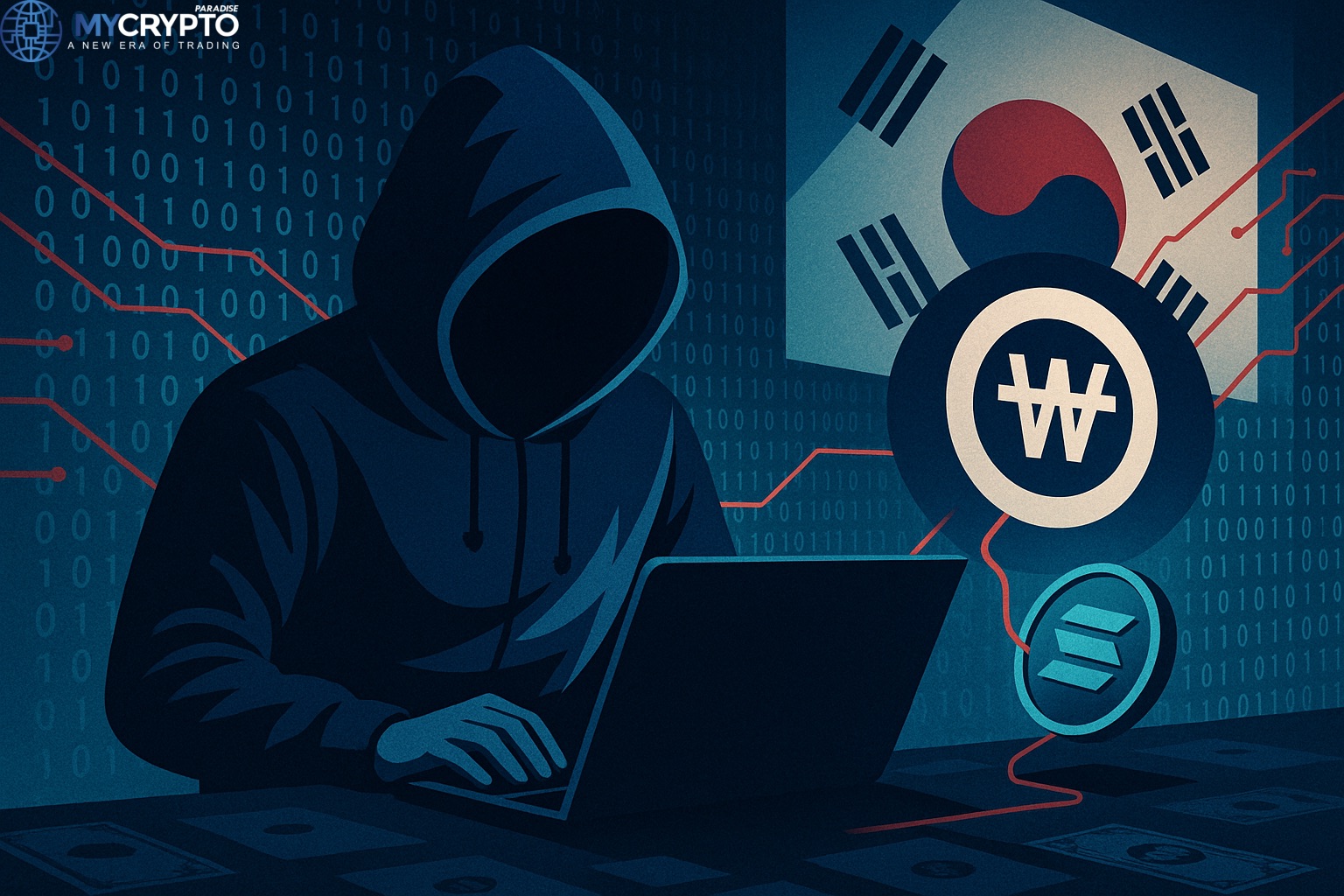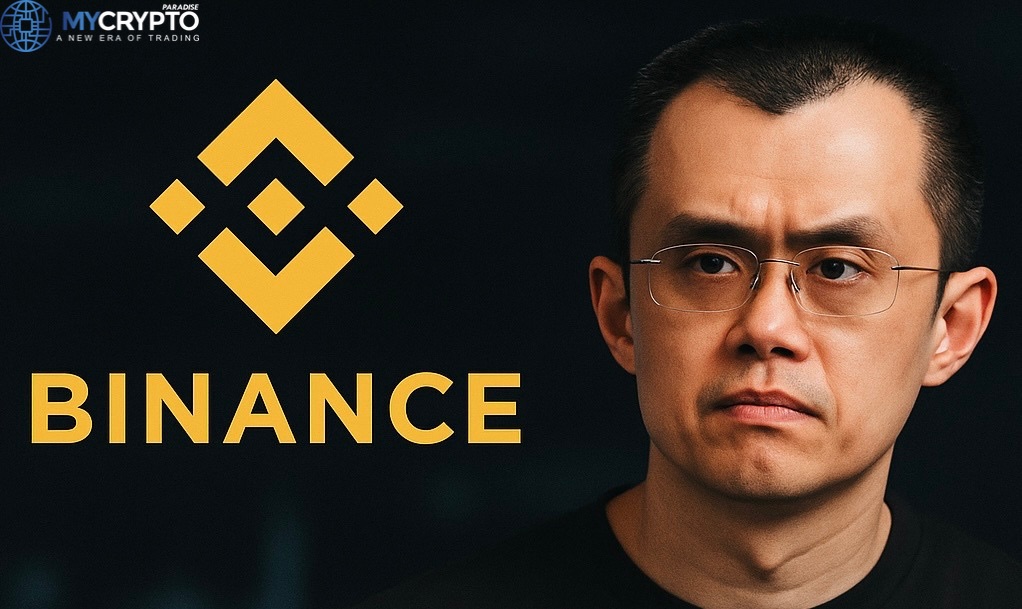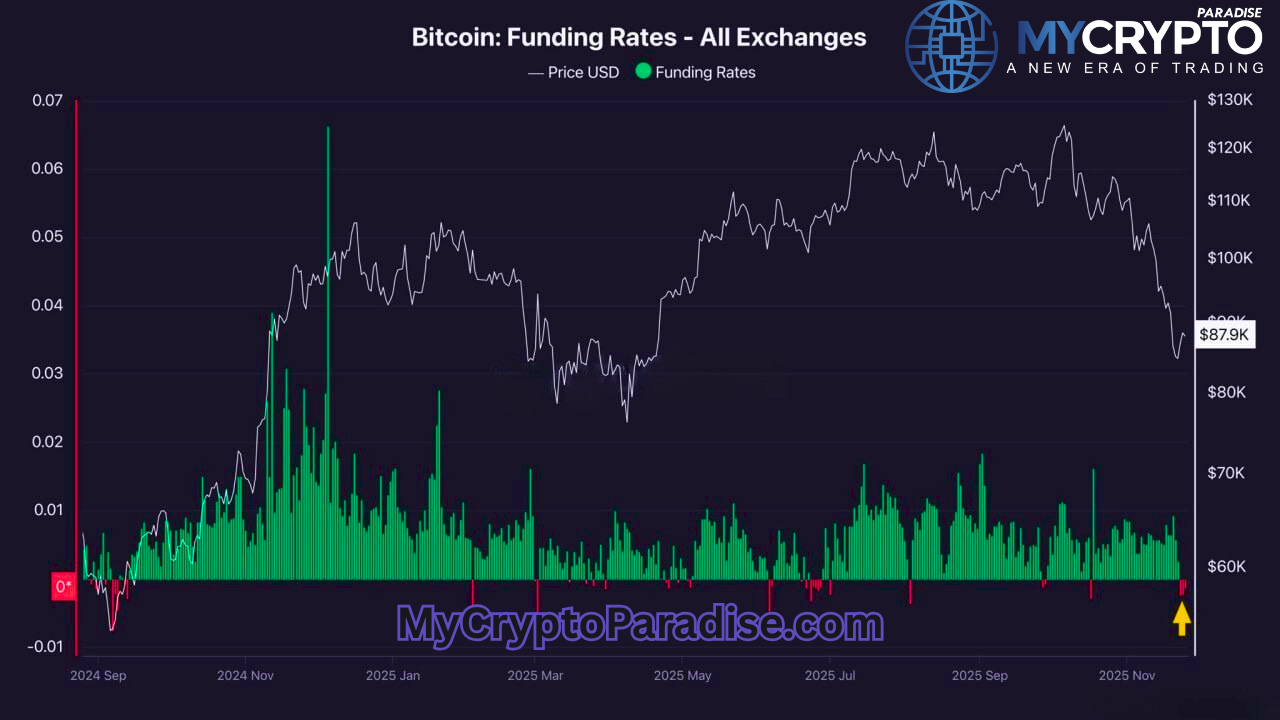If you follow the cryptocurrency ecosystem, you probably know about Ethereum and Ethereum Classic. The community is pretty divided on this topic. It all started with the infamous DAO Attack and Ethereum trying to mitigate damages nearly made a whole new Ethereum. However, little did they know that they’d create a whole new debate. A lot has happened since, to understand this debate’s depth, we need to understand what caused it.
The Birth of DAO
DAO, or Decentralised Autonomous Organization, were entities that would operate via sophisticated smart contracts. DAO was an incredible concept; it was an organization that was engineered to be a decentralized automated decision-maker. Initially, it served as a venture capital fund to fund DApps built on the Ethereum eco-system.
The DAO mechanism was relatively simple. The Developers of DAO had a stringent belief that they could mitigate human error and fund manipulation by giving decision-making power to an automated system and crowdsourced process.
Powered by Ether, The DAO was engineered to allow users on the network to send money from anywhere in the world for DAO tokens, which would reward them voting rights on upcoming projects. If users on the network wanted a DApp to get funded, they could buy “DAO Tokens” for an appropriate amount in Ether and push for the production of that DApp.
So, how was DApps built?
Veterans of the community whitelisted DApps. After getting their stamp of approval, the DApp was listed as a candidate for approval votes by DAO token holders. If proposals were able to rake up a minimum of 20% approval votes, they were awarded the required funds to get started.
The potential of the DAO concept was unparalleled. It rewarded users on the network with flexibility, control, and transparency. Users were quick to jump in, such that the project acquired over $150 million in ether through their crowd sale. At the time, the project accumulated 14% of all ether tokens issued to date; today, that would compute to a whopping $28 billion.
The project had unprecedented potential; however, a single condition in the contract changed the whole situation. The condition stated that users need to wait a fixed time of 28 days while holding the ether before they try to spend it. This condition led to the most notable attack in cryptosphere history.
The DAO Attack
In June 2016, Hackers exploited this condition and bled almost one-third of the DAO’s funds. At the time, it was around $50 million; however, today, that would easily be worth $9 billion. The Hackers were able to find a loophole in the splitting function. The splitting function was a condition that users had to adhere to if they wished to leave the DAO. Before splitting from the DAO project, the user had to send in a split request, which would do the following:
- Give the users their respective Ether in exchange for their DAO tokens.
- Aggregate the transaction in the ledger and update the balance.
The hackers exploited the system by creating a recursive function in the request where the hackers could do the following.
- Get hold of the DAO tokens from the owner in exchange for Ether.
- Before the transaction is Aggregated into the system, the recursive function would transfer additional Ether for the same DAO tokens.
With the recursive function, the hackers could bleed out $50 million worth of Ether and store it in a Child DAO. While Ethereum wasn’t responsible for the attack, speculations surrounding the attack shattered people’s positive perception of cryptocurrency in general. The valuation of Ether crashed. From the original of $20 to $13.
While the hackers were able to bleed out $50 million worth of Ether at the time, it was stored in a child DAO, and they couldn’t access it due to the smart contract stating that invested ETH couldn’t be accessed until after 28 days. The community and team decided to take relevant action and debated over three potential solutions.
1. Doing nothing
Users on the network argued that making changes would go against the principles and underlying philosophy of the crypto blockchain, considering it was supposed to be immutable and it was established on the belief that “code is the law.”
2. Soft Fork
Users and the Ethereum team suggested creating a soft fork wherein it was the user’s choice whether they wanted to update. Regardless of their decision, updated users and original users still had correspondence with each other. Ethereum planned to lock down the stolen Ether by stopping any blocks containing a transaction that would help the hacker move around the stolen ether. However, this proposal levied the potential of a Denial of Service attack.
Since mining activities were rewarded with gas in the Ethereum ecosystem, the hacker could flood the network with multiple transactions, requiring difficult computations. The hacker could manipulate miners on the network to perform endless complex computations for negligible gas prices or very high gas prices.
3. Hard Fork
Finally, Ethereum planned to implement a Hard fork by separating from the main blockchain and becoming a separate entity. Ethereum named the new chain “Ethereum” or “ETH” for short. The hard fork was implemented to pay back the money taken from everybody by the DAO via a refund smart contract with a withdrawal function. DAO token holders were reimbursed with 1 ETH for 100 DAO tokens.
This eventually stirred up a new debate. The community was divided into Anti-Hard Fork and Pro-Hard Fork. The Anti-Hard Fork refused to move to the new blockchain and decided to stay in the old blockchain naming it “Ethereum Classic” or “ETC.”
The Ethereum Classic vs. Ethereum Debate
While founders Vitalin Buterin and Gavin Wood shifted to the new Ethereum blockchain, a significant part of the community opposed the hard fork and decided to stick to the original Ethereum blockchain.
The ETC community believes that cryptocurrency was established as a strong movement against financial deception. The immutable nature of blockchain technology protected the system from human interference. The hard-fork tainted the blockchain principles proving that it could be affected by human interference.
The Ethereum Classic Problem
The lack of backward compatibility with ETH and the fact that notable figures that long transferred to the new Ethereum blockchain made newer updates inaccessible. Ethereum Classic users wouldn’t benefit from the features that Ethereum levies onto the system; one good example is the Casper Protocol that is set to roll out soon. Moreover, the support of Ethereum Classic also proves that the community supported disruption of the technology.
The Ethereum Problem
The current Ethereum we know was created for the sole reason of fixing the damages done by the hackers. It represented a symbolic victory for a significant part of the community. However, despite its revolutionary changes, we can not deny that its formation goes against the set principles of blockchain technology and the philosophy of “code being law.” It also raises the debate of additional hard forks in the time ahead.
The conclusion
While it is true that the hard fork goes against the principles of blockchain technology, the circumstances that led to the change should be greatly considered. The value was huge as it amounted to 14% of the total ether and was one-third of the entire DAO’s ether supply. Considering how much Ethereum is worth now, that amasses to almost $28 billion. Ethereum undoubtedly mitigated a huge blunder. Suppose Ethereum had not forked, today the hacker could have been the owner of $28 billion. Justice had to be served.
Ethereum isn’t just technology; it’s a community. The value that it portrays stands on the trust its community has in the ecosystem. And it is with the trust of the community that the platform can flourish with bright colors.













